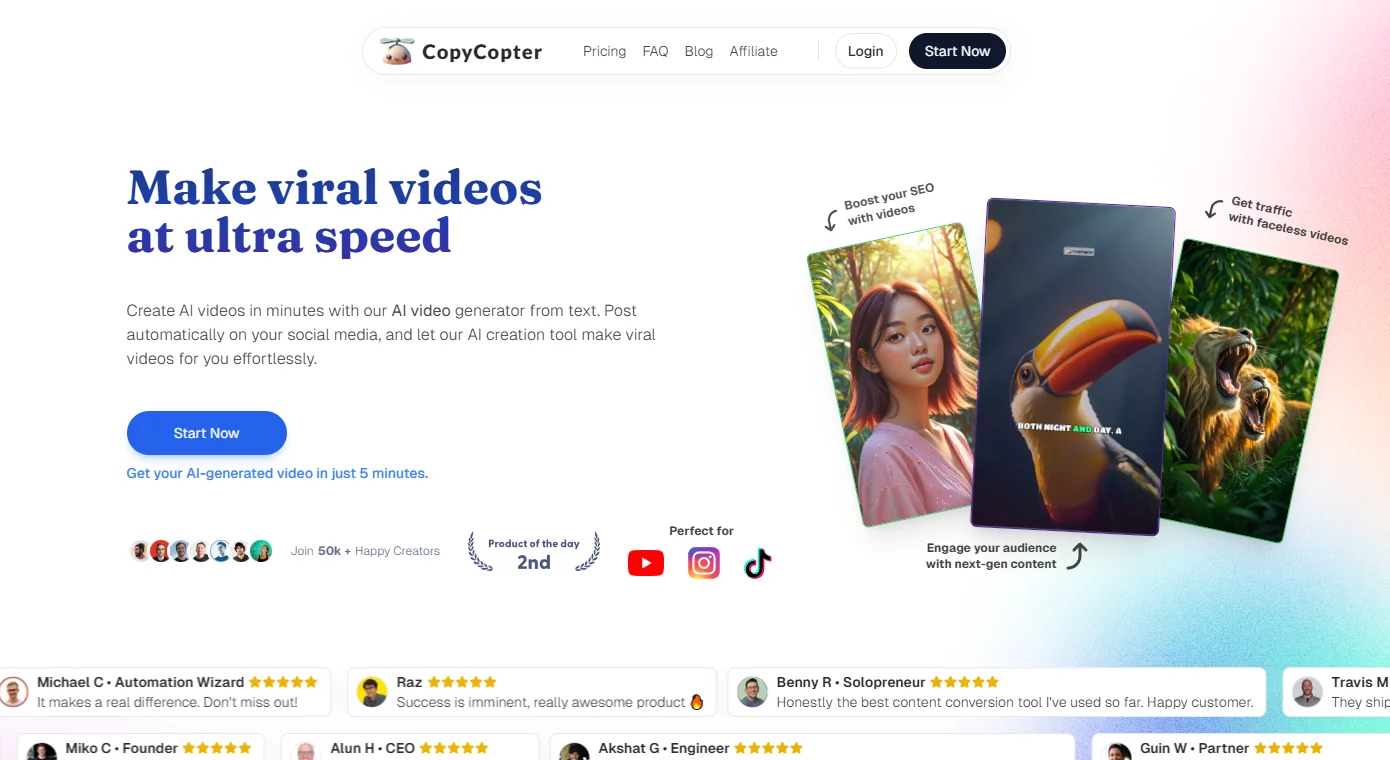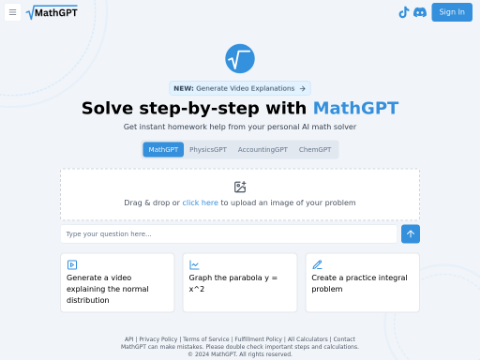Google's artificial intelligence has launched a new research called VideoPrism, which introduces a groundbreaking universal video understanding single model. This foundational visual encoder aims to handle a wide range of tasks, including classification, localization, retrieval, caption generation, and question answering.
In the paper, Google states that the development of VideoPrism is driven by innovative pre-training data and modeling strategies. The model is pre-trained on a massive and diverse dataset, including 36 million high-quality video-text pairs and 582 million video clips with noisy or machine-generated parallel texts. This mixed data approach enables VideoPrism to learn from both video-text pairs and the videos themselves.
The pre-training process consists of two stages. First, contrastive learning is used to teach the model to match videos with their textual descriptions, laying the foundation for aligning semantic language content with visual content. Then, the model predicts the occluded parts in the videos, leveraging the knowledge obtained in the first stage. This unique setup allows VideoPrism to excel in tasks that require understanding appearance and motion.
Extensive evaluations conducted in four broad categories of video understanding tasks demonstrate the outstanding performance of VideoPrism. The model achieves state-of-the-art results on 30 out of 33 video understanding benchmarks, and all results are obtained through a single frozen model with minimal fine-tuning. These benchmarks include video classification and localization, video-text retrieval, video caption generation, question answering, and scientific video understanding.
The ability of VideoPrism to combine with large-scale language models further unleashes its potential in handling various video-language tasks. When paired with text encoders or language decoders, VideoPrism sets new standards in a wide range of challenging visual language benchmarks. The model's ability to understand complex motion and appearance in videos is particularly impressive.
Most excitingly, VideoPrism shows potential in scientific applications. The model not only performs well on cross-domain datasets used by scientists, such as behavioral science, behavioral neuroscience, and ecology, but actually surpasses models specifically designed for these tasks. This suggests that tools like VideoPrism may change the way scientists analyze video data in different fields.
"VideoPrism paves the way for the future breakthroughs in the intersection of artificial intelligence and video analysis, contributing to the potential of video-based models in scientific discovery, education, and healthcare." - Dr. Zhao Long, Senior Research Scientist at Google Research, and Liu Ting, Senior Software Engineer
The launch of VideoPrism marks an important milestone in the development of universal video understanding models. Its ability to generalize across a wide range of tasks and its potential in real-world applications make it a promising tool for researchers and professionals in various fields. As Google AI continues to conduct responsible research in this field and follows its AI principles, we can expect to see more breakthroughs in utilizing the power of AI to understand and interpret a large amount of available video data.








